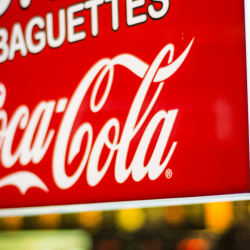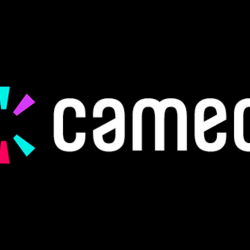In recent times, the marketing industry has witnessed a notable resurgence of humour as a powerful strategy to engage with audiences. Alongside this, the introduction of a new humour category at the prestigious Cannes Lions Festival highlights its growing popularity and significance.
Humour has the power to help audiences connect, recall and resonate with brands, and in turn, this can increase the likelihood of engagement and/or purchase. But how does this play out in the real world, especially in the eyes of the most digital native generation, Gen Z?
Samsung’s triumph with ‘Join the Flip Side’
Samsung’s Join the Flip Side — Season 2 is the prime example of where blending humour within a marketing campaign is successful. The campaign cleverly used smart comedy in a ‘Netflix-esque’ trailer manner, to showcase its unique flip phone features in a way which was both engaging and memorable. Its success can also be attributed to a clever use of relatable scenarios, comedic timing and a clear demonstration of product value; which all resonated with its target audience, particularly Gen Z.
Understanding the audience: tailoring humour to preferences and boundaries
A crucial aspect of using humour in marketing is tailoring the content to align with an audience’s preferences and cultural boundaries. This requires a deep understanding of the target demographic’s values, experiences and sensibilities. As one of our Imagen Insights community members pointed out, humour in advertising is highly appreciated, especially when it acknowledges ‘the sweeter things in life’. Gen Z resonate with brands that utilise punchy, funny headlines and acknowledge the cleverness behind phrases like ‘Netflix and chill’, which has become part of the cultural lexicon. Successful campaigns are those that reflect a nuanced understanding of an audience, demonstrating that the brand not only promotes its product, but also knows to whom they are speaking.
Potential pitfalls: Ryanair’s Twitter backlash
Not all attempts are successful, and the path to success (using humour) has potential pitfalls; as demonstrated by Ryanair’s misstep with their post about the football player Jadon Sancho not being called for the Qatar World Cup. Humour can quickly be perceived as insensitive, if not competently crafted. Humour ‘needs to be done well or else it might not land the way it was intended’, said one of the Imagen community members.
Finding the sweet spot and a future outlook
Integrating humour into marketing requires a very delicate balance. Brands must navigate the thin line between being entertaining and respectful — ensuring their content is well received in a societal context. With Gen Z in particular, they seek authenticity and relatability from brands and humour can be a bridge to that connection, making brands more personable and humanised. Looking forward, the role of humour in marketing is set to evolve even further, as brands become more adept at understanding the nuances of communication with their audiences we should expect more innovative and engaging campaigns.
Those who navigate through the intricacies of humour in their messaging will find a receptive audience that will be ready to engage, share and become loyal. The future of humour in marketing is not just about the laughs, it’s about creating a unique shared language between brands and their target audience, with the aim of a deeper connection.
Featured image: RDNE Stock project / Pexels
































